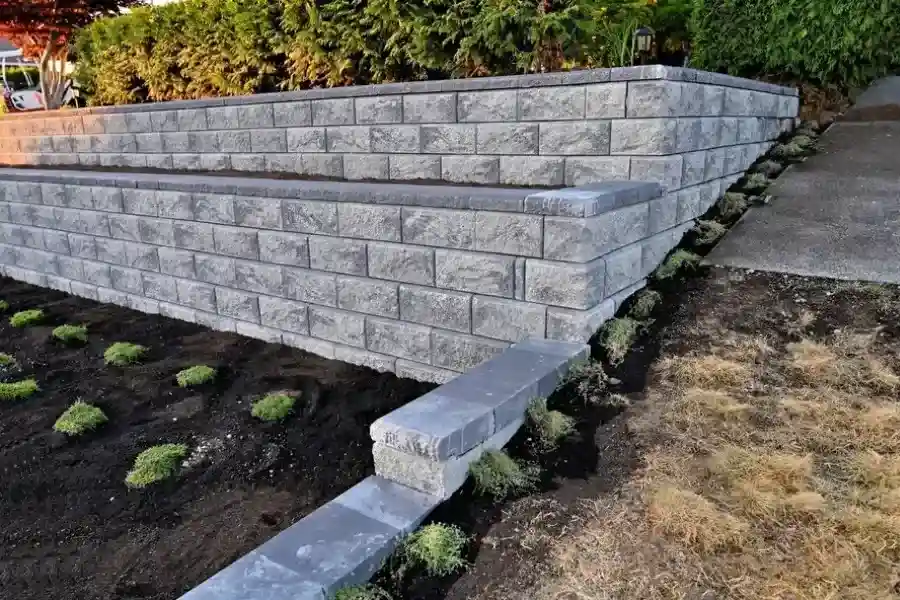Understanding the Role of Retaining Walls in Protecting Your Landscape
Soil erosion is a common issue that can damage your yard and surrounding environment. When soil erodes, it can lead to unsightly landscapes and even structural instability. Installing retaining walls can help manage this problem effectively. These structures not only add visual interest but also play a crucial role in stabilizing the ground. They are especially useful for properties on slopes or uneven terrain where water runoff can quickly cause erosion.

The Benefits of Adding Retaining Walls
Adding retaining walls to your property offers several benefits. Firstly, they provide essential support to keep soil in place, preventing erosion. This helps maintain the aesthetic appeal of your yard. Moreover, these walls create more usable space by flattening steep areas, making your land more functional. For those considering landscaping projects, retaining walls offer a practical solution that combines beauty with utility.
Retaining Wall Installation Considerations
Before starting a retaining wall installation, there are important factors to consider. You need to evaluate the slope and soil type of your yard to determine the best materials and design for your wall. Hiring professionals ensures that the installation meets safety standards and lasts long-term. Proper drainage systems should also be integrated into the wall structure to redirect water flow and reduce pressure on the wall.

Common Challenges With Soil Erosion
Soil erosion poses several challenges for homeowners. It can wash away valuable topsoil, which is vital for plant growth. Additionally, erosion can expose tree roots and compromise their stability. Structural issues might arise if erosion occurs near foundations or walkways. Understanding these challenges highlights the importance of proactive measures like retaining walls.
Effective Solutions for Managing Erosion
To manage erosion effectively, consider implementing multiple solutions. Start by planting ground covers or shrubs that hold soil together with their roots. Incorporate mulch around plants to retain moisture and protect soil from heavy rains. Combine these methods with retaining wall installation for optimal results in preventing soil displacement.
Best Practices for Maintaining Your Retaining Walls
- Inspect walls regularly for signs of wear or movement
- Maintain proper drainage systems to prevent water buildup
- Trim nearby vegetation to avoid root interference with the wall
- Reinforce any weak sections as needed to ensure longevity
Cost Considerations When Building Retaining Walls
Building retaining walls involves various costs depending on materials, size, and design complexity. Stone and concrete options tend to be more expensive than timber but often last longer. Labor costs vary based on the intricacy of the project and local rates. While initial expenses might seem high, the investment protects your property from costly erosion damage.
Final Thoughts on Protecting Your Yard With Retaining Walls
Investing in retaining walls can significantly enhance both the functionality and appearance of your yard. They offer a strategic way to combat soil erosion while adding value to your property. If you’re ready to improve your landscape, contact TR-Brothers Concrete LLC at (302) 775-1939. Our team operates throughout Lincoln, DE, providing expert services tailored to your needs.
